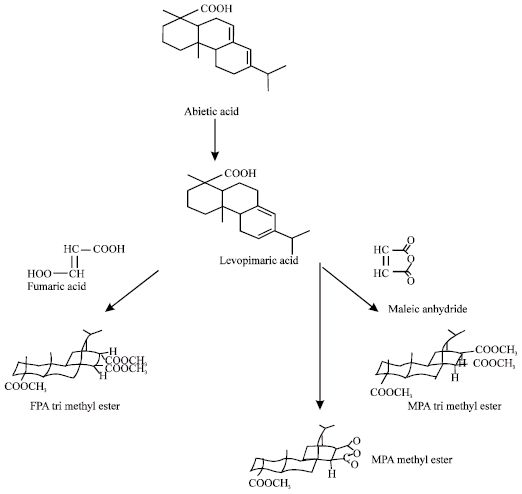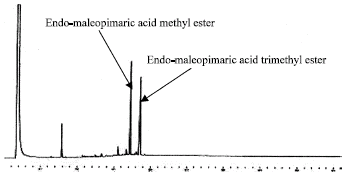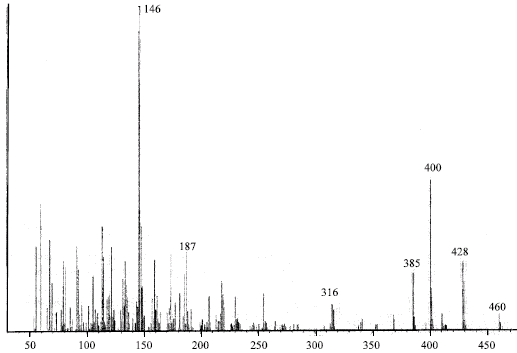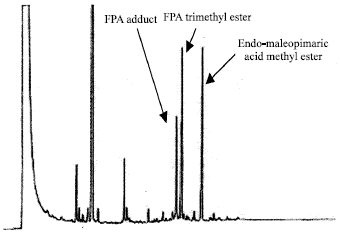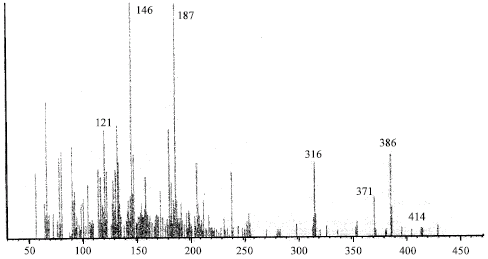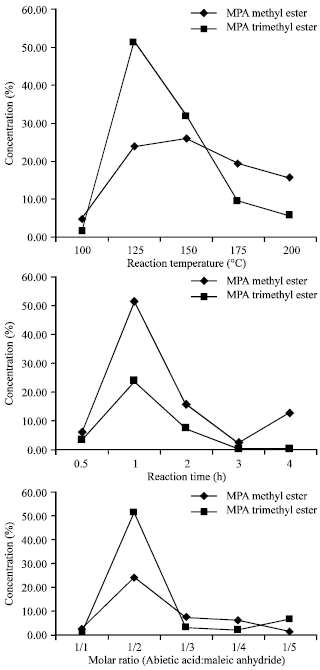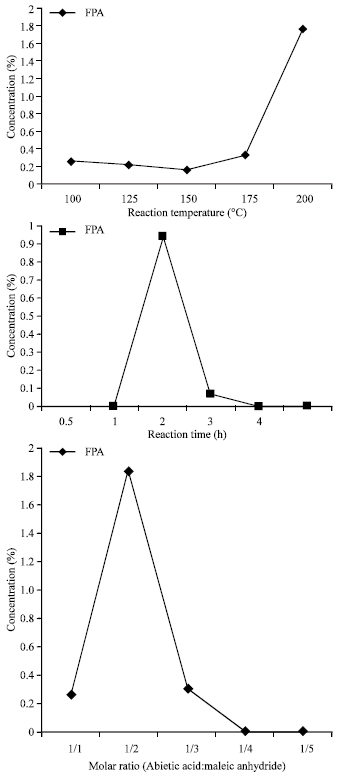Research Article
Reaction of Abietic Acid with Maleic Anhydride and Fumaric Acid and Attempts to Find the Fundamental Component of Fortified Rosin
Forest Products Research and Development Center-Forda, Jl. Gunung Batu 5, Bogar, Indonesia
Sanro Tachibana
Faculty of Agriculture, Ehime University, 3-5-7, Tarumi, Matsuyama, Ehime, 790-8566 Japan
Djaban Tinambunan
Forest Products Research and Development Center-Forda, Jl. Gunung Batu 5, Bogar, Indonesia









